"Resistance cannot stop us"
Monday, 06.07.2015.
12:57

"Resistance cannot stop us"
Major infrastructure projects represent the backbone of economic cooperation with European countries, future economic growth and investment, and the atmosphere of connecting the Western Balkans, as well as the support of the EU for these processes, gives us the right to believe that this region will enter a phase of rapid development, says Deputy Prime Minister and Minister of Construction, Transport and Infrastructure, Zorana Mihajlović.The key question for economic growth is public investments, where the opportunities we have are currently underutilized. What is the government preparing in this segment and what effect on economic growth can we expect in the coming period?
The competitiveness of the economy and trade is deeply linked to the efficiency of the transport system as a whole and the efficiency of transport services. That’s why the first priority of the government is the creation of infrastructure corridors that should enable economic development and the faster flow of goods and capital between our countries and European Union countries, as well as better connectivity within Serbia’s borders. Transport is an area with major growth potential. The share of transport in GDP totals around 4.3 per cent. If we take into account the broader transport domain, such as warehousing, telecommunications, investments in the construction and reconstruction of transport infrastructure, then the GDP share increases to 10 per cent. More specifically, our Corridor X is a direct competitor of Corridor IV (Romania-Bulgaria). Thus, the complete construction of Corridor X will return part of the goods and passenger flows that passed this way prior to the breakup of Yugoslavia and the construction of Corridor IV. Accelerating work on the corridors, which is up to 10 times greater than in previous years, means that we realising the government’s priority objective of completing Corridor X road and rail links, which also includes the Belgrade bypass, as well as building and reconstructing the Belgrade-Budapest railway, which connects Serbia with central Europe and provides access to the Port of Piraeus. The completion of Corridor XI will allow better connectivity between Serbia and the countries of the Adriatic-Ionian region. The government also plans to build the transversal corridor Pojate-Preljina (Moravian corridor), which should connect corridors X and XI, facilitating East-West and North-South transit, as well as the economic development of the parts of Serbia traversed by these routes.
You are responsible for fundamental infrastructure projects, primarily in terms of transport, where a major shift was reached at the summit in Riga. What are the key findings of this gathering from our perspective, and what will they bring to Serbia?
This government succeeded in agreeing for the airports, ports, railways and roads of Serbia to become part of the European transport network, which was not the case previously. A few days ago we saw the adoption of the proposal of the final document at the meeting of the Transport Ministers of the Western Balkans with Violeta Bulc, European Commissioner for transport, in Riga. As part of the European transport network on the territory of the Republic of Serbia, there are road and rail Corridor X and Corridor XI, the Niš-Pristina Highway, Belgrade international airport, the rivers Danube, Sava and Tisza, the Port of Belgrade and the Port of Novi Sad. In the broader existing comprehensive network of the EU and the Western Balkan countries at the meeting in Riga there was also inclusion of the directions that the Republic Sbija additionally nominated. These include a Novi Sad-Ruma national road, which would connect via Šabac and Loznica with Corridor X and Corridor V in Bosnia-Herzegovina, as well as two existing rail lines. These are the Lapovo-Kraljevo railroad, which will establish a direct connection with Corridor X to the north, and the Niš-Doljevac-Pristina railroad, with the objective of establishing links between Corridor VIII and Corridor X. Riga didn’t happen to us by accident. Since the first day of his term, Prime Minister Vučić has been creating a political framework for reconciliation and economic cooperation within the region, and I worked in a series of bilateral meetings on the creation of a project and technical framework for such a policy. I expect a significant acceleration of the development of the Western Balkans, because we have moved forward with projects and EU institutions show willingness to support and finance development.
Europe has big plans when it comes to a unique approach to rail transport. How do our plans, particularly those related to the construction of the railroad to Budapest, fit into these plans; and how much progress has actually been made with that plan?
The ministry pays great attention to all activities related to transport, especially development issues and plans to ensure full interoperability of rail transport in Europe. We are an active member of the “WESTERN BALKANS 6” initiative in the EU, and with our actions we have contributed substantially to the successful planning of linking the region to which we belong with the European Core Network and connecting it to regional routes, both road and rail. The aim of the project to modernise the Belgrade-Budapest railway is to create a rail link that satisfies, with its infrastructure, equipment and rolling stock, all the norms set by the European TENT Programme full interoperability (compatibility) for the period up to 2030. A Spatial Plan of special purpose is being drafted for the Belgrade-Novi Sad-state border-Kelebija railway.
Certified planners on the Hungarian and Serbian sides have compiled feasibility studies for the parts of the tracks on their national territories and the project designer of China’s railways, the TDSI Institute, are unifying them and, after receiving the comments of national planners, will prepare a consolidated Feasibility study for which the government has appointed a tripartite working group that should discus the plan on 16th July in Budapest. After this negotiations would commense on a possible model for financing these investments.
How could increased activity on the construction of roads influence the revival of activity in the sectors of construction and the production of construction materials?
I expect that, thanks to increased investment in transport infrastructure, construction will jump from the current 4 per cent of GDP to 6.5 per cent in the coming years. For the first time in the Republic of Serbia there will be regulations on the use of ash in the construction of infrastructure facilities. The value of this construction resource, which was left unused in the depots of power plants, is estimated at a billion euros.
You have provided significantly more room for domestic contractors on large projects. Did they justify this trust?
I’m not satisfied with the division of roles. Domestic companies are usually subcontractors. I want to change this and we are well on the way to realising that change. About 540 companies are currently engaged in works on corridors in the Republic of Serbia in various fields (contractors, subcontractors, designers, technical supervision, service providers, etc.), of which 20 are foreign companies. Oversight of works carried out is conducted by a technical supervision unit which checks whether the state of the works carried out is in accordance with prescribed standards. When it comes to the quality of work, we can be satisfied. When it comes to the agreed deadlines, it is evident that deadlines are broken by both domestic and foreign contractors. There is a great opportunity for domestic road construction companies within the context of the programme for the rehabilitation of roads, which includes plans to restore 1,100 km of category I and II state roads across the entire territory of the Republic of Serbia. The value of this project is around €390 million, financed by international banks (EIB, EBRD and WB) and funds from the Serbian budget. The works will be carried out by local companies and this will give them an opportunity to justify the confidence of investors.
Your ministry has introduced significant amendments to the Law on Planning and Construction, while the Law on Land Conversion should soon be adopted. What effect do you expect from the implementation of this law when it comes to investors who are already here and are awaiting a final solution of this issue?
By amending the Law on Planning and Construction, the ministry made a systemic shift compared to the existing practice in the issuance of building permits. Primarily, the average period of 249 days, which was the waiting time for a building permit in Serbia, according to local government reports, we see that this period is now 3-10 days, and we also have the example of company Ikea, which received a building permit in two days. However, realising that it is not enough to merely pass a law and the bylaws, the Ministry permanently controls the work of local governments and helps towns and municipalities issue building permits in a legal and efficient way, as a service to citizens. Full implementation of the law is expected as of 1st January next year, when the e-exchange of data and issuance of e-building permits will begin. The Law on Land Conversion with a charge will enable the completion of the privatisation process for construction land in the Republic of Serbia, and will finally abolish usage rights for construction land, as a relic of past times and quasi-property rights. Alongside the previously reaffirmed principle of the unity of real estate, completing the ownership transformation of construction land will return Serbia to the circle of countries that have regulated the issue of real estate property ownership.
How would you evaluate the current pace of implementation of the arrangement with the IMF and how you expect the issue of finding strategic partners for Azotara, Petrohemija and MSK to be resolved?
The ministry I lead successfully implements its commitments agreed with the IMF. In the past six months, the reform of Serbian Railways received the highest marks of IMF and WB, and as of 1st July this year three new entities will operate for the transport of goods, passengers and infrastructure, alongside Serbian Railways Inc. The project of fundamental reforms will continue in the next three years. The second obligation of merging Corridor of Serbia and Roads of Serbia has also been successfully implemented in terms of the implementation of the Resolution of the Government of Serbia from 28th July 2014 and enabling all preconditions to conclude this process. According to the Resolution of the Government from 22nd April 2015, the jurisdiction of the Ministry of Economy was defined for this type of procedure and the completion of this process is expected soon. The stabilisation of operations and indentifying of strategic partners in the newly defined period represents a solution for Azotara, Petrohemija and MSK.
Many economists suggest that the government has only scratched the surface of reforms, with almost no actual progress made in the public sector. What is your opinion on that? Has there been progress in the restructuring of EPS, Srbijagas, Roads and Corridors of Serbia, to mention just a few of the key problem areas?
The government has deeply entered into change. The fact that those changes are difficult to implement, and that there is great resistance, is indeed important, but it is even more important that the Government does not give up and does not reduce pressure on the system to change. The process of merging Corridor and Roads of Serbia is in the final stage and we expect that to be completed in the next few weeks. The programme of reorganising EPS was adopted by the government in November 2014 and is in accordance with the planned dynamics and is being implemented. In parallel with these measures, fiscal consolidation measures will be implemented for EPS and subsidiaries within EPS. Restruction is also underway in the case of Srbijagas. The government has adopted a Restructuring Plan, as well as an Action Plan, with specifically defined deadlines for its implementation. By June 2016, legal separation will have been carried out in Srbijagas, in accordance with the directives of the EU’s Third Energy Package. Thus, it is clear that changes are visible and very significant. The results will be felt in the years ahead of us.
How much has the new Privatisation Law actually contributed to more easily clearing up the situation regarding the privatisation of companies undergoing restructuring and why has this job been moving so slowly to date?
All previous governments swept this issue under the carpet, even though they all knew that many privatisations were non-transparent and that companies that operated well for years were destroyed by bad privatisations. This resulted in the departure of owner, who left companies to languish for years without development and without jobs. However painful this issue is, we are committed to resolving it, because it is more painful for them to continue not working, and for workers not to receive wages.
With the example of the approval of building permits, we have seen that local administrations can be effective if they want to be. Where do you see the key places at the level of national and local administrations where bottlenecks should be removed in order to reduce the complaints of foreign investors regarding bureaucratic and complicated procedures?
The law has established a framework within which all must act. In the initial period of application of the Law, we tried to ensure all employees underwent a training process on the issuance of building permits. Controls determined that there are shortcomings in the work of local governments in the implementation of unified procedures, thus in these municipalities the Ministry organised meetings at which employees were able to present all problems and receive immediate responses from representatives of the Ministry. Likewise, there is a special “Frequently Asked Questions” section on the website of the Ministry, while the Call Centre has started working and guides are expected to be issued for employees and investors.
Which key laws would you single out among those the government is currently preparing that should bring improved conditions for investment?
It is very important to highlight the law on conversion, or the changing of rights of use to rights of ownership of construction land, because that was the stumbling block in the construction industry. Nobody wanted to build with only usage rights. The law and public debate have passed and it will soon be up to the government. Apart from that, there is also the law on legalisation, which will soon be subjected to public debate and which we want to use to resolve the issue of over a million illegally constructed buildings. We are also preparing an umbrella law on capital investments, in order to speed up capital projects.
One of the problems faced by foreign investors who wish to engage in exploration and exploitation of mineral resources is legislation that is either inadequate or inconsistent. What does the government intend to do in order to free the potential for investment in this sector?
I believe the Ministry of Energy and Mining is working on that. From the example of the adoption of the Law on Planning and Construction, I know how important it is to harmonise legislation. This issue is also being resolved through the Working Group for a better rating of Serbia on the Woorld Bank’s Doing Business list, which I head.
Giving up on the South Stream project led to the emergence of a number of other gas supply options, which have both economic and political weight. What are Serbia’s realistic options and how much power does the country have to fight for the option that would be optimal for Serbia?
The most unsafe for Serbia is to remain in the current situation in terms of the gas industry, or in an uncertain direction of the gas supply from Russia via Ukraine and Hungary, with an underground gas storage facility of which Serbian is a minority owner. Serbia needs to build every gas pipeline for which interest exists. For now, that is certainly the Niš-Dimitrovgrad pipeline, which can be built relatively quickly, because the most expensive gas is certainly the gas we don’t have.
After having high hopes, many investors are today disappointed because not a single mini-hydro plant has been constructed among those that were granted permission. Where is green energy production when it comes to the government’s priorities?
In my term as Minister of Energy and Environmental Protection, for almost two years, I proposed all key strategic, regulatory and implementation mechanisms for the exploitation of renewable energy sources in Serbia and they were adopted. Today in Serbia there are almost 200 privileged producers of electricity from renewable sources, mainly in the sector of small hydro power plants. Public calls for the construction of mini hydroelectric power plants in 2013 and 2014, particularly the first call, resulted in the allocation of 212 locations. They were granted to around 90 local and foreign investors and that was a prime example of transparent procedures. Implementing an investment requires about three years and I am convinced that a significant number of these locations will be realised.
Hungary has begun serious preparations for the expansion of its nuclear power plants, while Serbia’s moratorium banning the construction of nuclear power plants recently expired. What kind of position should Serbia take in relation to this and if, for example, there was a decision against a further moratorium, could Serbia have the option of considering this source of energy?
Serbia has a defined energy strategy and action plan for the development of renewable energy sources. These strategic documents, as well as implementation measures, were realised while I was Minister of Energy and Environmental Protection. I see the future of energy in the development of existing conventional energy sources that Serbia has the capacity and resources for, as well as renewable energy sources in compliance with all European standards governing this sector. We have enough resources and I think that building a nuclear power plant is too long and expensive an investment for Serbia, from the perspective of construction, price per kWh cost, but also the cost of disposing of radioactive waste.



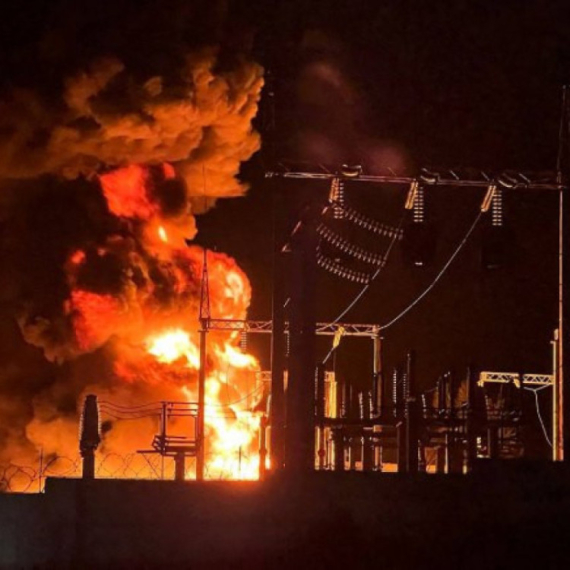

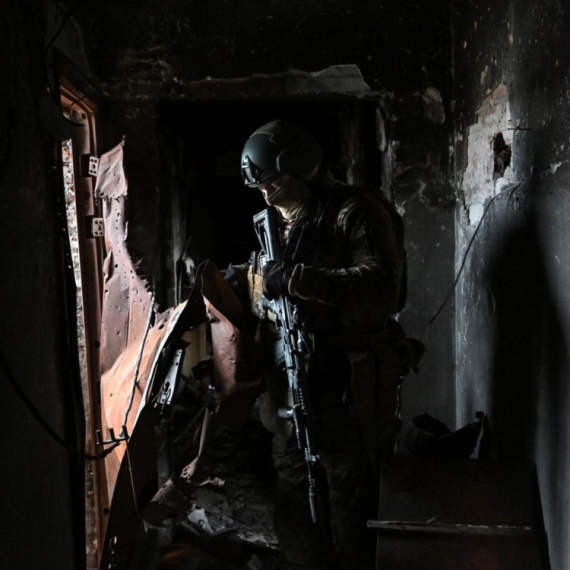
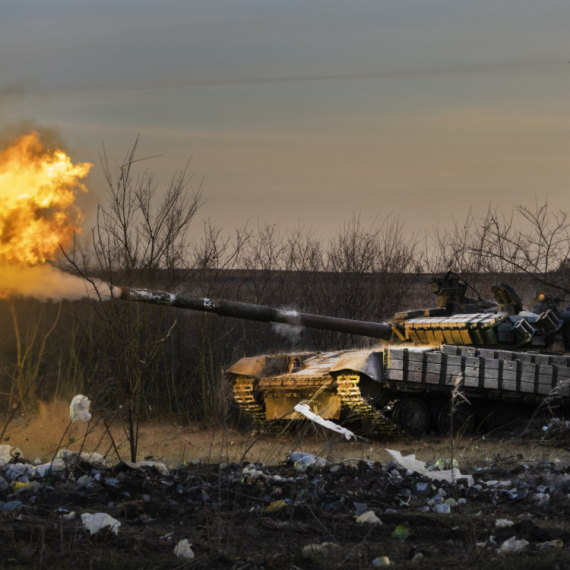




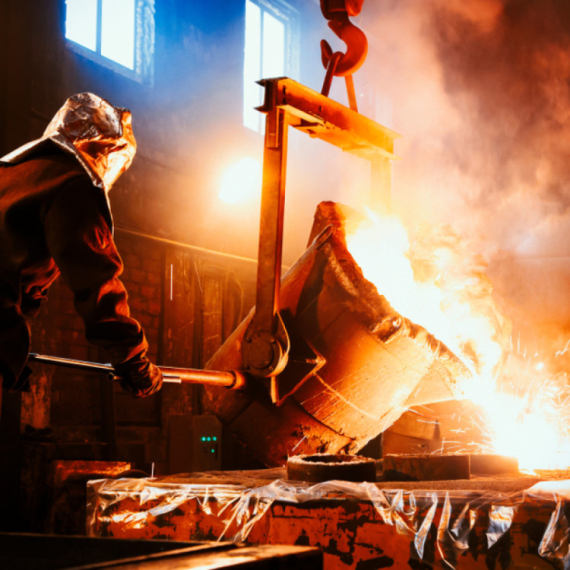
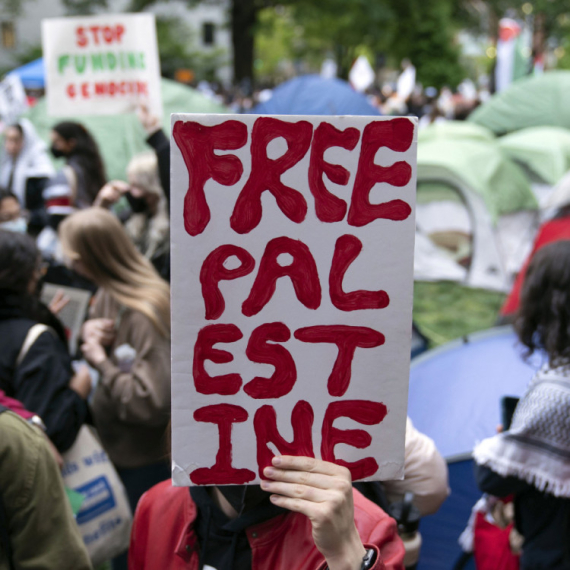

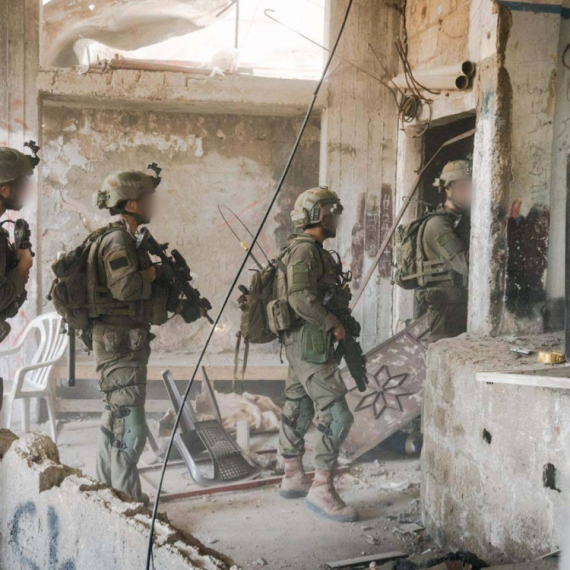







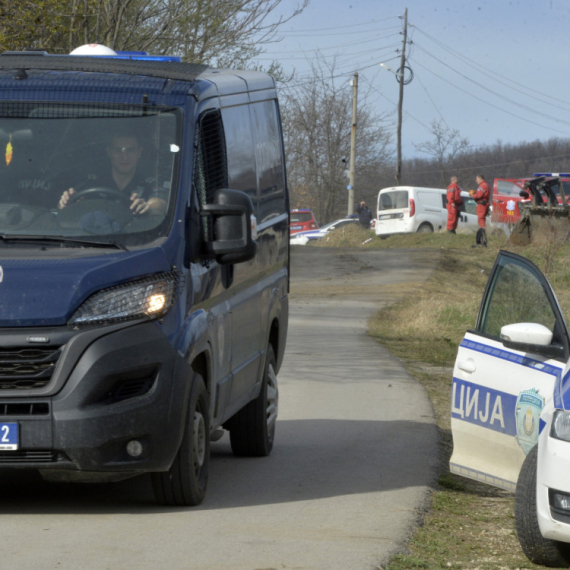
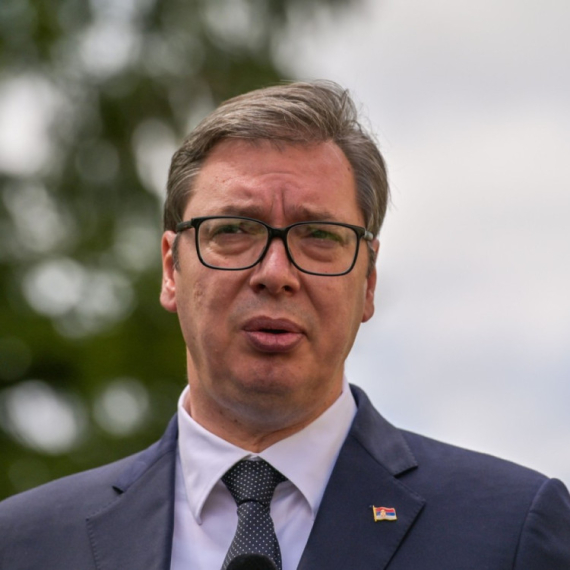
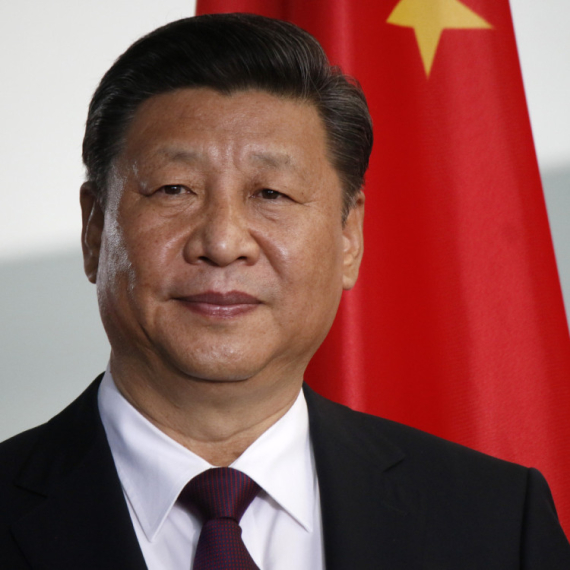



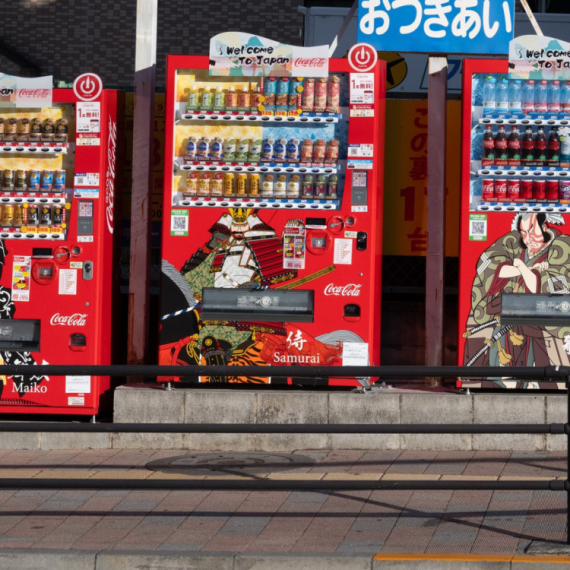


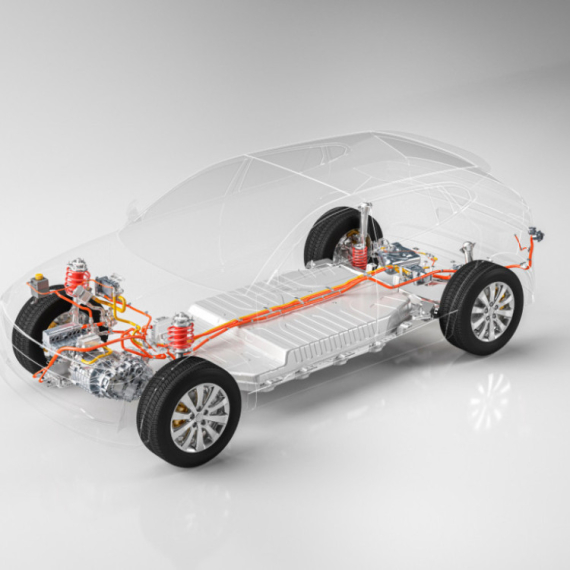




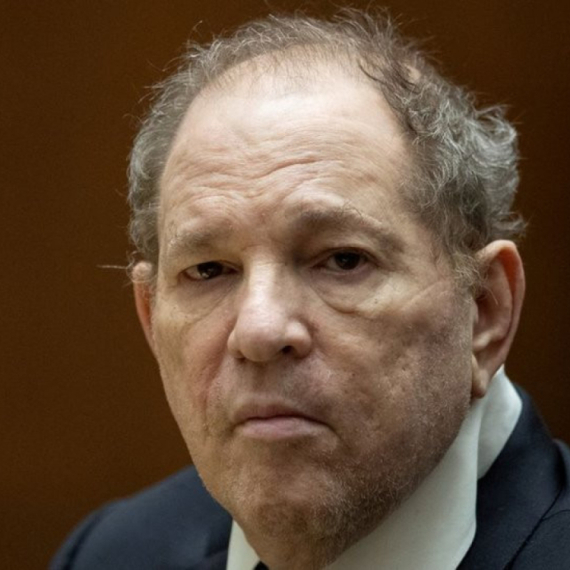
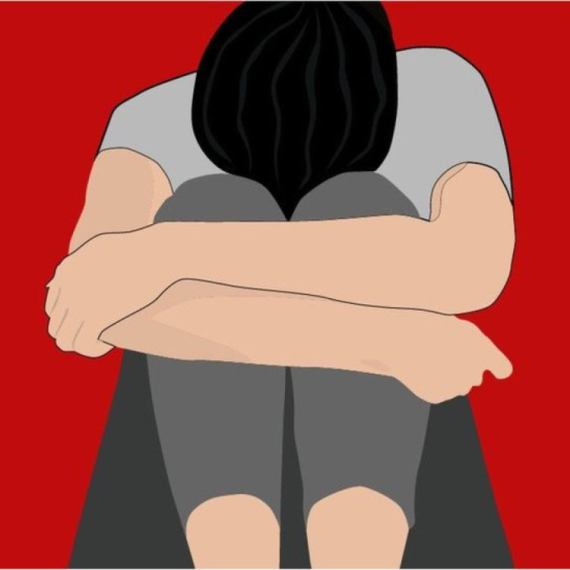

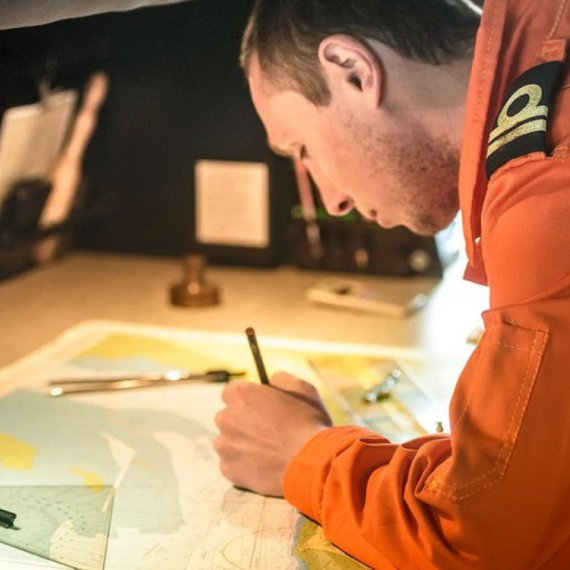

Komentari 2
Pogledaj komentare